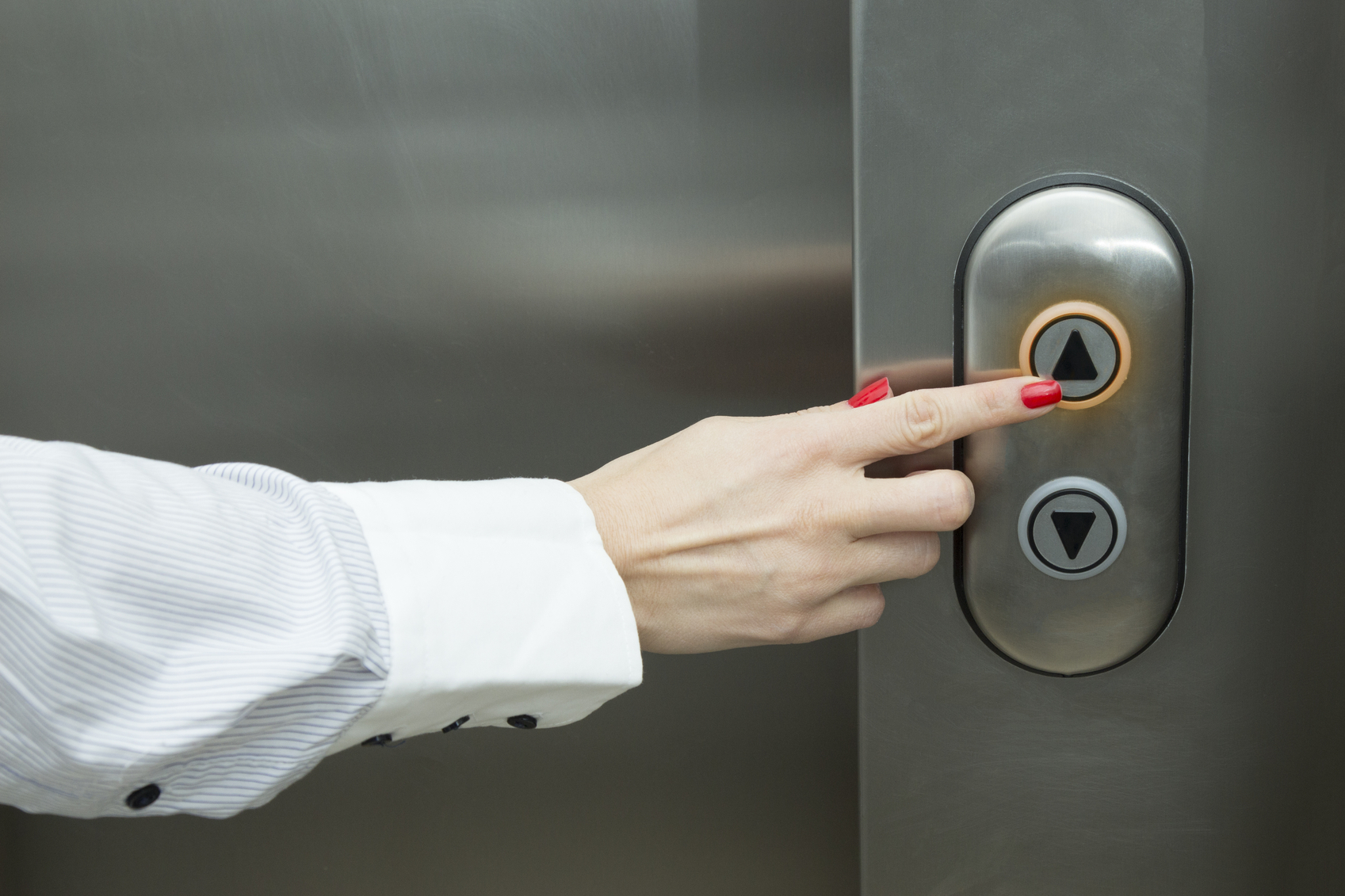Leading Lift Companies in London: Delivering Exceptional Service and Support
Leading Lift Companies in London: Delivering Exceptional Service and Support
Blog Article
Unwinding the Complexities of Lift Technology: Troubleshooting Common Troubles Throughout Lift Models
From slow operation concerns to peculiar noises rising from the equipment, fixing usual troubles across various lift versions requires a keen eye for detail and a methodical strategy. Stay tuned as we navigate with the maze of lift breakdowns, looking for solutions to the enigmatic issues that can interrupt the smooth performance of these indispensable apparatuses.
Determining Slow Procedure Issues

Next, check the electrical connections to ensure that all parts are effectively attached and operating. Malfunctioning electrical wiring or loose connections can lead to slow procedure or full malfunction of the lift system. Additionally, it is essential to test the control system to establish if the concern hinges on the programming or sensors.
If the aesthetic assessment and electrical checks do not reveal the source of the slow operation, additional diagnostic examinations may be essential. These can include stress examinations for hydraulic systems, voltage examinations for electric elements, or running diagnostic software program for the control system. repair and maintenance services. By complying with a systematic approach to repairing sluggish procedure problems, you can efficiently recognize and fix the problem, making certain the lift operates securely and efficiently
Addressing Odd Sounds
To efficiently fix lift innovation for unusual noises, an extensive assessment of the lift elements complying with the recognition of sluggish operation problems is essential. Unusual noises in lifts can be a measure of underlying troubles that need timely attention to ensure the safety and reliability of the system.
Furthermore, it is crucial to describe the lift supplier's maintenance guidelines and look for help from qualified service technicians when handling complex lift parts or unknown troubleshooting procedures. By promptly resolving and resolving unusual sounds underlying problems, lift operators can make certain the ideal efficiency and safety of the lift system for passengers and drivers.
Handling Faulty Control Troubles
A reliable strategy for dealing with malfunctioning control troubles in lift technology includes carrying out a thorough analysis of the control system's parts and functionality. When experiencing issues with lift controls, it is important to very first look for any type of loose connections, damaged wiring, or malfunctioning sensing units. Verifying that all control keypads, display screens, and buttons are operating correctly is additionally essential in diagnosing the trouble properly.
If no noticeable problems appear, specialists must continue to examine the control panel for any kind of indicators of water damages, overheating, or corrosion, as these can commonly result in control breakdowns. Additionally, resetting the control system or upgrading the software application may help solve certain problems or bugs creating the issue.

Tackling Hydraulic System Malfunctions
The effectiveness of hydraulic systems in lifts counts heavily on the correct functioning of numerous parts within the system. When hydraulic systems malfunction in lifts, it can bring about operational disturbances and security concerns. One typical concern is hydraulic fluid leak, which can occur as a result of worn-out seals, loose links, or damaged cyndrical tubes. To tackle this problem, service technicians need to carry out a comprehensive examination to identify the source of the leakage and change any type of malfunctioning components quickly.
In addition, abnormalities in hydraulic liquid levels or unusual noises throughout lift procedure might suggest underlying system malfunctions that require prompt interest to stop additional damage. Regular upkeep and prompt troubleshooting of hydraulic system problems are essential to guaranteeing the safe and reliable operation of lift modern technology.
Taking Care Of Electrical Component Failings
Attending to electrical part failures in lift technology demands a methodical method to detecting and solving problems to maintain functional functionality and safety and security requirements. When experiencing electric issues in lift systems, it is crucial to very first conduct a detailed assessment of the electrical elements, consisting of control panels, circuitry, sensors, and motherboard. Any indicators of damage, rust, loosened connections, or burned elements need to be thoroughly kept in mind and addressed immediately to avoid additional difficulties.
In the case of electric london lift company part failures, it is necessary to adhere to producer guidelines for repairing and repair procedures. This might entail testing the components utilizing multimeters, oscilloscopes, or various other analysis tools to determine the precise resource of the breakdown. Additionally, having a detailed understanding of the lift's electrical schematics and circuitry diagrams can help in determining and fixing concerns efficiently.
Regular maintenance and evaluation routines can assist stop electric failings by identifying potential issues at an early stage. Correct training for lift professionals on electric systems and parts is additionally essential to ensure exact medical diagnosis and reliable resolution of electric issues, eventually contributing to the overall safety and reliability of lift procedures.
Verdict
To conclude, fixing lift innovation requires an organized method to recognize and resolve usual issues such as slow operation, weird sounds, defective controls, hydraulic system malfunctions, and electric element failures. By recognizing the intricacies of lift technology and adhering to correct repairing steps, technicians can properly solve problems and ensure the secure and efficient procedure of lifts across various designs.
To effectively repair lift technology for weird noises, a comprehensive exam of the lift components adhering to the identification of slow-moving operation problems is vital. Strange noises in lifts can be a measure of underlying problems that need punctual attention to make sure the safety and dependability of the system.A reliable strategy for attending to damaged control problems in lift innovation includes conducting an extensive analysis of the control system's parts and functionality.The efficiency of hydraulic systems in lifts counts greatly on the proper functioning of different elements within the system. repair and maintenance services. When running into electrical problems in lift systems, it is important to initial perform a comprehensive assessment of the electric elements, including control panels, electrical wiring, sensing units, and circuit boards
Report this page